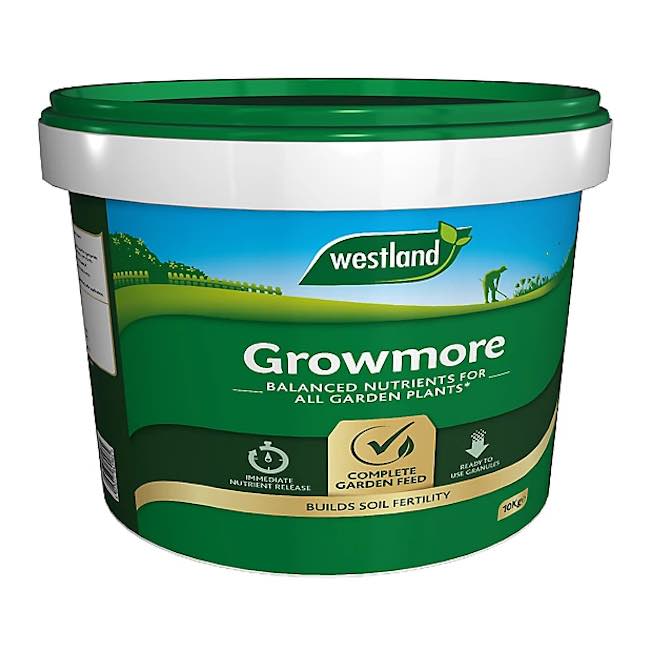Feeding your plants – its important

it is important to feed your plants in garden borders and containers, especially in the context of climate change. As the soil temperature warms, soil organisms and bacteria become more active, which can lead to increased competition for available nutrients in the soil.
Plants require nutrients such as nitrogen, phosphorus, and potassium to grow and thrive. Over time, the nutrients in garden soil can become depleted, especially in containers, where there is a limited amount of soil available. Additionally, competition from soil organisms and bacteria can further reduce the availability of nutrients for plants.
Feeding your plants with appropriate fertilizers can help to replenish the nutrients in the soil, which will improve plant growth and overall health. Organic fertilizers such as compost and manure can also improve the soil structure and support beneficial soil organisms.
It is important to note that over-fertilizing can be harmful to plants and the environment, so it is essential to follow instructions and use fertilizers in moderation. Regular monitoring of plant health and soil fertility levels can help to determine when and how much to fertilize.
The GardenAdvice Team have devised a straightforward method of feeding your plants that covers most plants and requirements throughout the year
- Firstly in the winter or spring apply a base feed, The GardenAdvice team recommend Growmore fertiliser which is a balanced feed. Apply one handful sprinkled over a square metre, it’s a granular fertiliser do will bounce off any plant leaves and be washed into the soil by the winter or spring rains.
- Next, as we get into spring in March feed with some liquid tomato feed which is high in potash and magnesium and will help to produce strong growth and flowers etc. This can be watered on with a watering can but to save time it’s often best applied through a hose feeder
- Apply the liquid tomato feed to your plants once every 3 to 4 years from March to the end of September
- Some of your plants and certain garden projects will require plant feeds with high nitrogen levels. Nitrogen promotes fast green growth in plants but can reduce flowering. For example lavender, ornamental grasses such as Festuca glauca and plants that are used for foilage colour often benefit from a feed of high nitrates. The other use for a high nitrogen fertiliser or feed is when a plant has been pruned hard back and you wish to promote new growth the re-establish the plant with new you stems for example in the case of pruning a buddleia